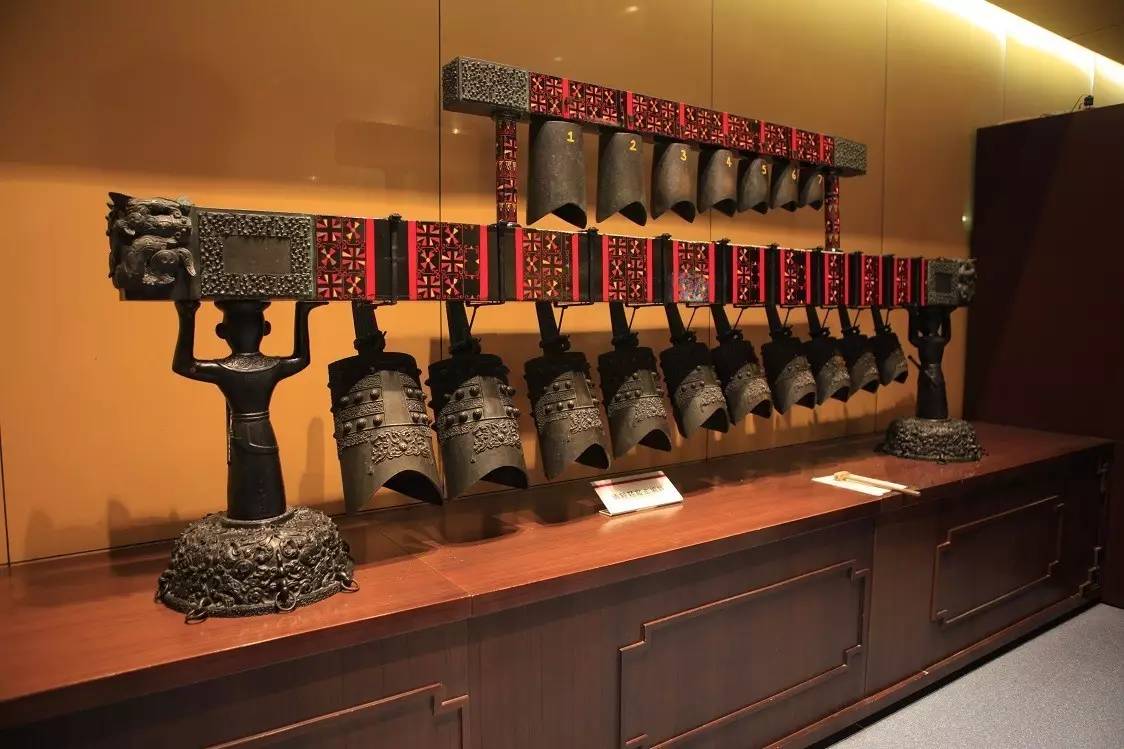The History of China (02) - Ancient China

● Xia dynasty (2070–1600 BC)
The Xia dynasty of China (from c. 2070 to c. 1600 BC) is the first dynasty to be described in ancient historical records such as Sima Qian's Records of the Grand Historian and Bamboo Annals.[5] The dynasty was considered mythical by historians until scientific excavations found early Bronze Age sites at Erlitou, Henan in 1959.With few clear records matching the Shang oracle bones, it remains unclear whether these sites are the remains of the Xia dynasty or of another culture from the same period.Excavations that overlap the alleged time period of the Xia indicate a type of culturally similar groupings of chiefdoms. Early markings from this period found on pottery and shells are thought to be ancestral to modern Chinese characters.
● Shang dynasty (1600–1046 BC)
Archaeological findings providing evidence for the existence of the Shang dynasty, c. 1600–1046 BC, are divided into two sets. The first set, from the earlier Shang period, comes from sources at Erligang, Zhengzhou, and Shangcheng. The second set, from the later Shang or Yin (殷) period, is at Anyang, in modern-day Henan, which has been confirmed as the last of the Shang's nine capitals (c. 1300–1046 BC).[citation needed] The findings at Anyang include the earliest written record of the Chinese so far discovered: inscriptions of divination records in ancient Chinese writing on the bones or shells of animals—the "oracle bones", dating from around 1250 BC.
A series of thirty-one kings reigned over the Shang dynasty. During their reign, according to the Records of the Grand Historian, the capital city was moved six times. The final (and most important) move was to Yin in around 1300 BC which led to the dynasty's golden age.The term Yin dynasty has been synonymous with the Shang dynasty in history, although it has lately been used to refer specifically to the latter half of the Shang dynasty.
Chinese historians in later periods were accustomed to the notion of one dynasty succeeding another, but the political situation in early China was much more complicated. Hence, as some scholars of China suggest, the Xia and the Shang can refer to political entities that existed concurrently, just as the early Zhou existed at the same time as the Shang.
● Zhou dynasty (1046–256 BC)
The Zhou dynasty (1046 BC to approximately 256 BC) is the longest-lasting dynasty in Chinese history. By the end of the 2nd millennium BC, the Zhou dynasty began to emerge in the Yellow River valley, overrunning the territory of the Shang. The Zhou appeared to have begun their rule under a semi-feudal system. The Zhou lived west of the Shang, and the Zhou leader was appointed Western Protector by the Shang. The ruler of the Zhou, King Wu, with the assistance of his brother, the Duke of Zhou, as regent, managed to defeat the Shang at the Battle of Muye.
The king of Zhou at this time invoked the concept of the Mandate of Heaven to legitimize his rule, a concept that was influential for almost every succeeding dynasty.Like Shangdi, Heaven (tian) ruled over all the other gods, and it decided who would rule China.It was believed that a ruler lost the Mandate of Heaven when natural disasters occurred in great number, and when, more realistically, the sovereign had apparently lost his concern for the people. In response, the royal house would be overthrown, and a new house would rule, having been granted the Mandate of Heaven.
The Zhou initially moved their capital west to an area near modern Xi'an, on the Wei River, a tributary of the Yellow River, but they would preside over a series of expansions into the Yangtze River valley. This would be the first of many population migrations from north to south in Chinese history.
● Spring and Autumn period (722–476 BC)
In the 8th century BC, power became decentralized during the Spring and Autumn period, named after the influential Spring and Autumn Annals. In this period, local military leaders used by the Zhou began to assert their power and vie for hegemony. The situation was aggravated by the invasion of other peoples from the northwest, such as the Qin, forcing the Zhou to move their capital east to Luoyang. This marks the second major phase of the Zhou dynasty: the Eastern Zhou. The Spring and Autumn period is marked by a falling apart of the central Zhou power. In each of the hundreds of states that eventually arose, local strongmen held most of the political power and continued their subservience to the Zhou kings in name only. Some local leaders even started using royal titles for themselves. China now consisted of hundreds of states, some of them only as large as a village with a fort.
As the era continued, larger and more powerful states annexed or claimed suzerainty over smaller ones. By the 6th century BC most small states had disappeared by being annexed and just a few large and powerful principalities dominated China. Some southern states, such as Chu and Wu, claimed independence from the Zhou, who undertook wars against some of them (Wu and Yue). Many new cities were established in this period and Chinese culture was slowly shaped.
Once all these powerful rulers had firmly established themselves within their respective dominions, the bloodshed focused more fully on interstate conflict in the Warring States period, which began when the three remaining élite families in the Jin state—Zhao, Wei and Han—partitioned the state. Many famous individuals such as Laozi, Confucius and Sun Tzu lived during this chaotic period.
The Hundred Schools of Thought of Chinese philosophy blossomed during this period, and such influential intellectual movements as Confucianism, Taoism, Legalism and Mohism were founded, partly in response to the changing political world. The first two philosophical thoughts would have an enormous influence on Chinese culture.
● Warring States period (476–221 BC)
After further political consolidation, seven prominent states remained by the end of the 5th century BC, and the years in which these few states battled each other are known as the Warring States period. Though there remained a nominal Zhou king until 256 BC, he was largely a figurehead and held little real power.
Numerous developments were made during this period in culture and mathematics. Examples include an important literary achievement, the Zuo zhuan on the Spring and Autumn Annals, which summarizes the preceding Spring and Autumn period, and the bundle of 21 bamboo slips from the Tsinghua collection, which was invented during this period dated to 305 BC, are the world's earliest example of a two digit decimal multiplication table, indicating that sophisticated commercial arithmetic was already established during this period.[34]
As neighboring territories of these warring states, including areas of modern Sichuan and Liaoning, were annexed, they were governed under the new local administrative system of commandery and prefecture. This system had been in use since the Spring and Autumn period, and parts can still be seen in the modern system of Sheng and Xian (province and county).
The final expansion in this period began during the reign of Ying Zheng, the king of Qin. His unification of the other six powers, and further annexations in the modern regions of Zhejiang, Fujian, Guangdong and Guangxi in 214 BC, enabled him to proclaim himself the First Emperor (Qin Shi Huang).









